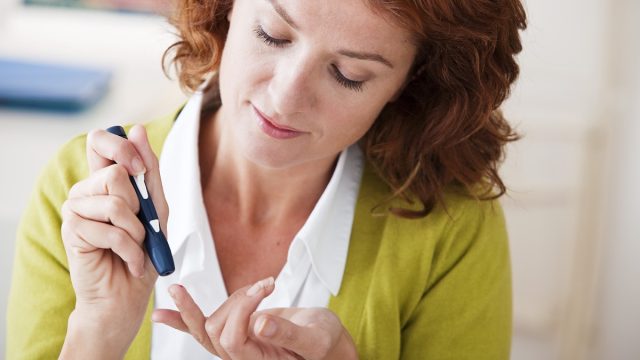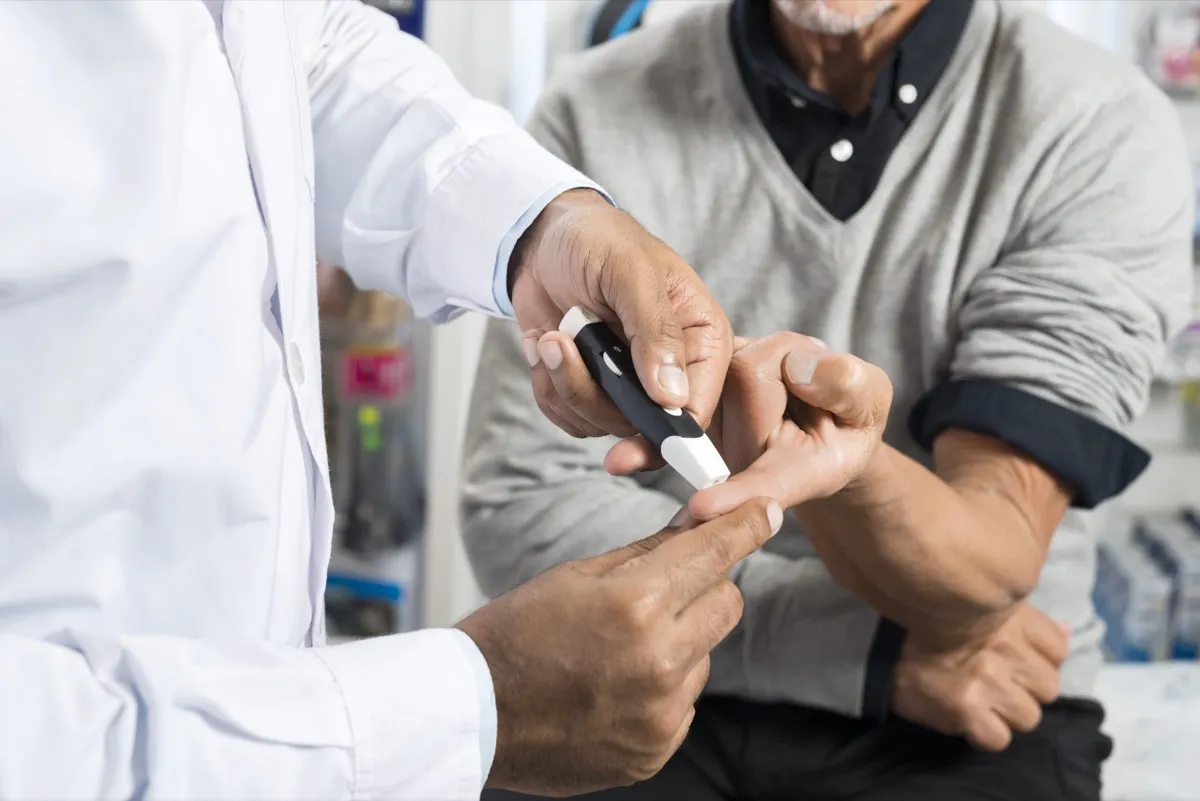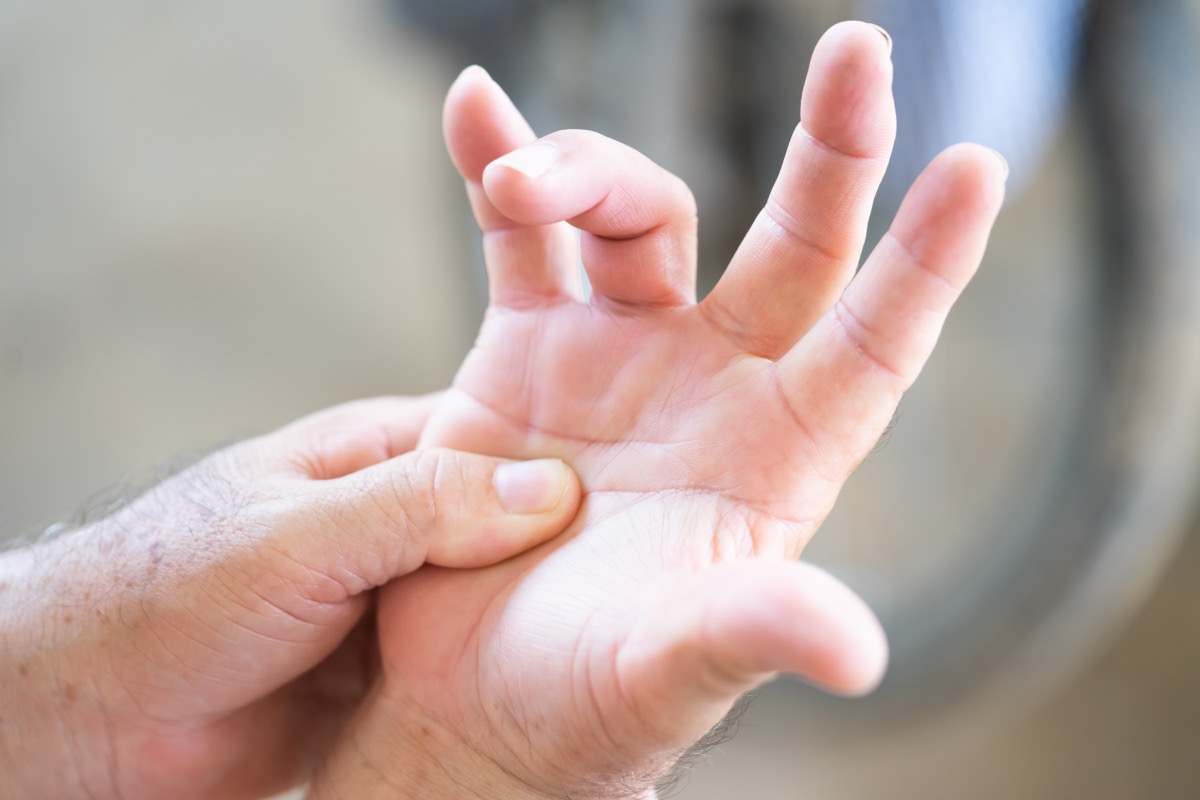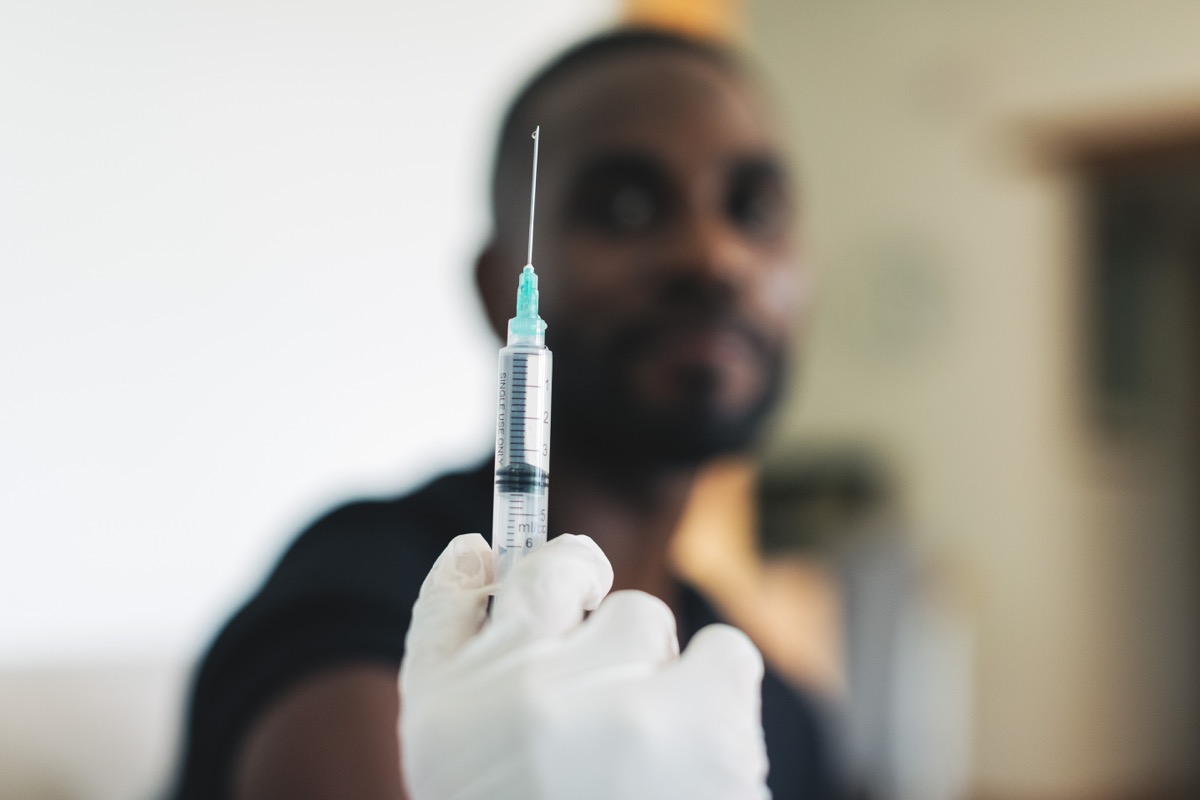From bestlifeonline.com
You'RE far MORE LIKELY TO DEVELOP THIS HAND SYMPTOM IF DIABETES IS TO BLAME
The connection between diabetes and foot health has been well established and broadly publicized by health outreach organizations, but fewer people are aware of the link between diabetes and your hands. Experts say that while these symptoms are less universally known, they can cause major disruptions in the lives of those already dealing with blood sugar imbalance. In particular, there's one symptom that causes cramping, pain, and an inability to grip—and you're far more likely to develop it if you've also got diabetes. Read on to find out which surprising problem in the fingers may signal a problem with your glucose levels, and what you can do about it.

The connection between diabetes and foot health has been well established and broadly publicized by health outreach organizations, but fewer people are aware of the link between diabetes and your hands. Experts say that while these symptoms are less universally known, they can cause major disruptions in the lives of those already dealing with blood sugar imbalance. In particular, there's one symptom that causes cramping, pain, and an inability to grip—and you're far more likely to develop it if you've also got diabetes. Read on to find out which surprising problem in the fingers may signal a problem with your glucose levels, and what you can do about it.
If you develop "trigger finger," get checked for diabetes.

Trigger finger (TF), also known as stenosing tenosynovitis, occurs when the flexor tendon in the hand is obstructed due to inflammation in the tendon sheath. In severe cases, this causes a locking phenomenon in which the finger becomes bent and can only be extended with external force or manipulation. For some patients, this can be painful to do.
While just two to three percent of the general population will develop TF, the condition affects 10 percent of people with type 1 or type 2 diabetes, says a 2008 study published in the journal Current Reviews in Musculoskeletal Medicine (CRMM). According to a 2021 study published in Frontiers in Clinical Diabetes & Healthcare (FCDH), some evidence suggests that number could be closer to 20 percent, "depending on the group studied."
But just what, exactly, does diabetes have to do with the tendons in your hands? "It is thought that chronically elevated blood glucose levels cause the connective tissue to become glycated, meaning that irreversible bonds between glucose and proteins form in the tissue, damaging it," says the health site Diabetes Self-Management. For this reason, the longer you've lived with diabetes, the more likely you are to develop this symptom.
Look out for these symptoms of trigger finger.

According to the Mayo Clinic, you may have trigger finger if you notice stiffness in your fingers, "particularly in the morning." Their site explains that you may also experience a "popping or clicking sensation as you move your finger," tenderness in the palm near the affected finger, finger locking in a bent position, or rigid movement in which your finger suddenly "pops straight."
Trigger finger may affect one finger or several, and any finger can develop the condition, including the thumb. "Trigger finger in diabetics is also more likely to present in both hands and in multiple digits," writes the Merivale Hand Clinic, a group of hand therapy specialists based in New Zealand.
Regardless of the severity of your condition, it's important to mention any abnormalities to your medical provider. "If you have any stiffness, catching, numbness or pain in a finger joint, or if you can't straighten or bend a finger, make an appointment with your doctor," the Mayo Clinic advises.
These other factors also influence your risk level.

Having diabetes can significantly raise your chances of developing TF. However, other factors such as your age and sex can also increase your odds of experiencing this particular symptom.
According to the CRMM study, women are six times more likely to develop trigger finger than their male counterparts. Additionally, trigger finger symptoms typically appear in patients in their 40s, 50s, and 60s, experts say. The average age of onset symptoms is 58, says a 2019 study in the journal Plastic and Reconstructive Surgery (PRS).
Finally, people with certain other conditions may be at heightened risk of trigger finger, writes Healthline. These can include carpal tunnel syndrome, hypothyroidism, rheumatoid arthritis, renal disease, amyloidosis, among others.
There are several treatment options available.

Those with TF may have both surgical and non-surgical options for treatment. "Corticosteroid injections decrease the thickness of the A1 pulley and are considered a first-line treatment," explains the PRS study. "However, corticosteroids are only moderately effective, especially for people with diabetes. Patients may elect for surgery if nonoperative treatments prove ineffective; some may choose immediate surgical release instead," the researchers explain.
If you do develop trigger finger, you should bring it to your doctor's attention, both to identify any underlying causes, and to learn about the full range of treatment options which may be available to you.
No comments:
Post a Comment